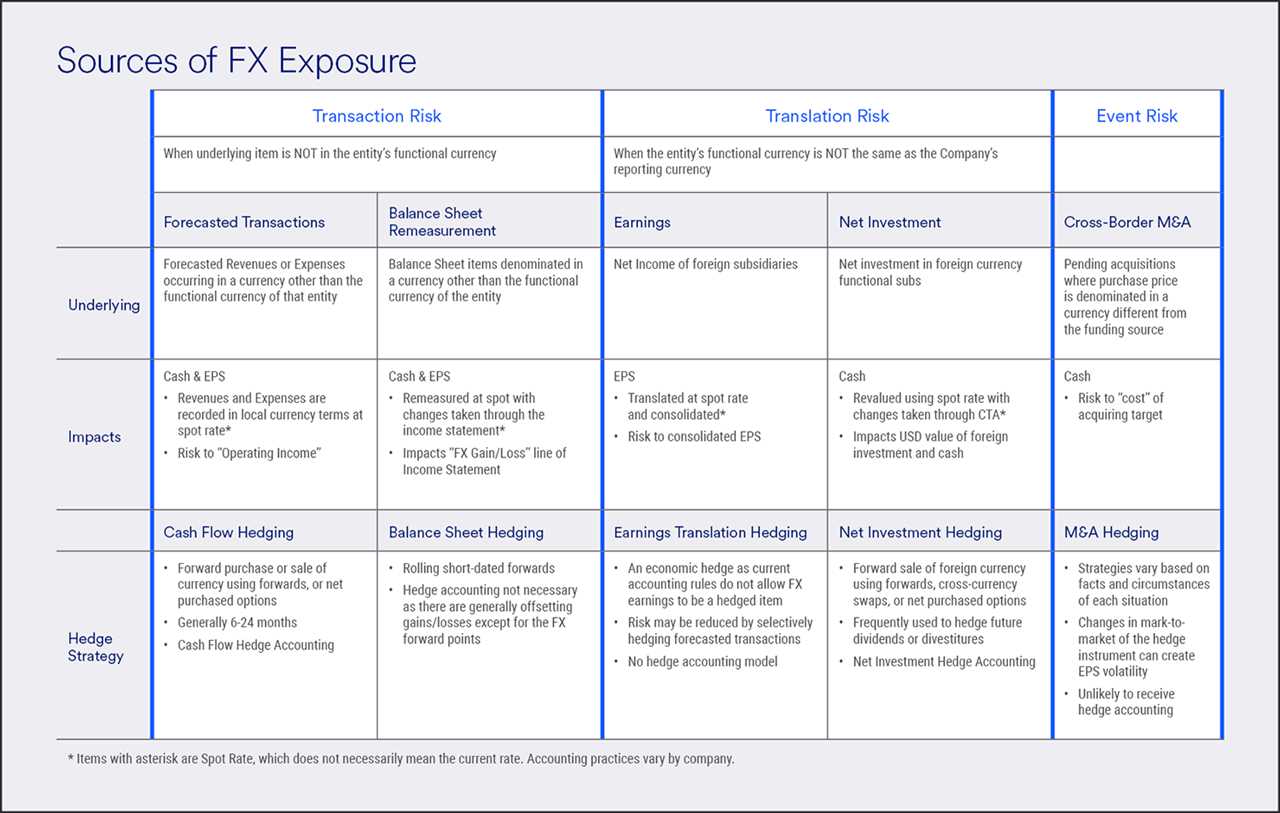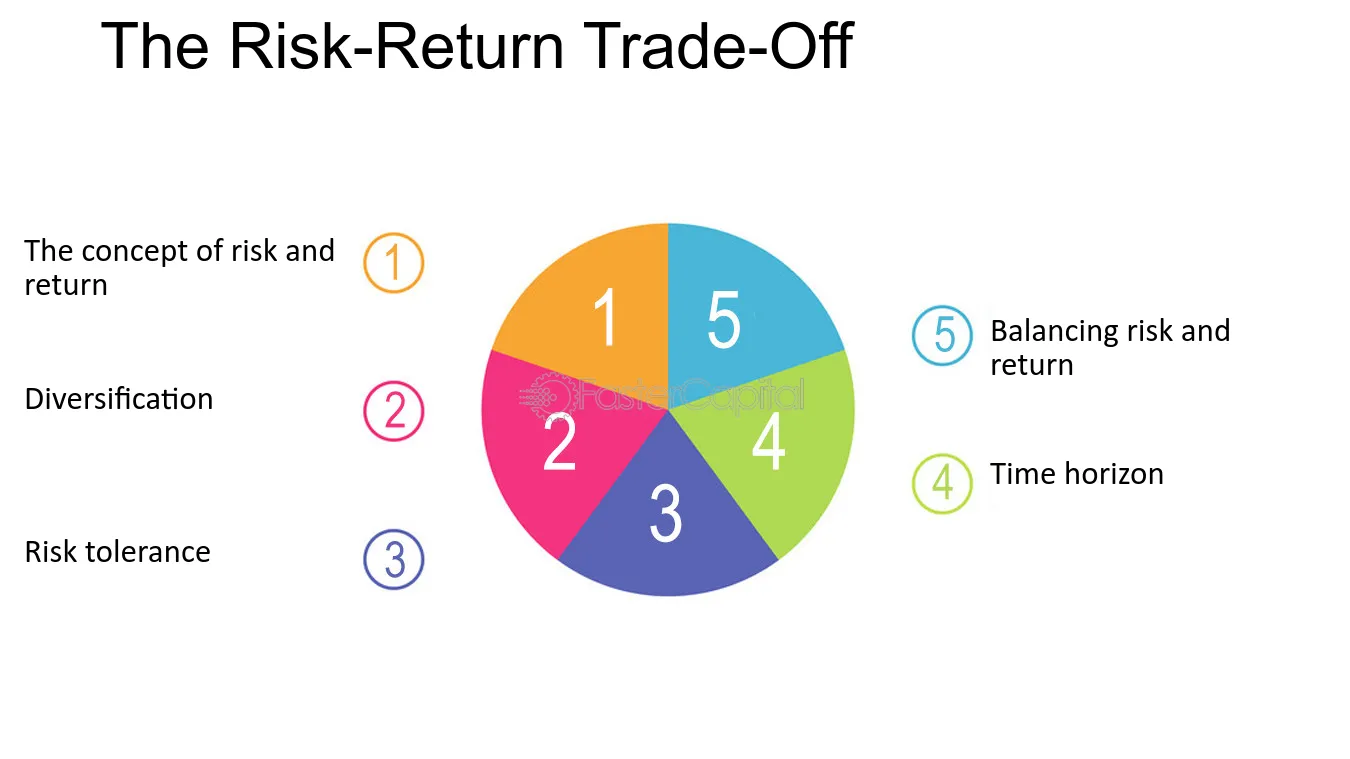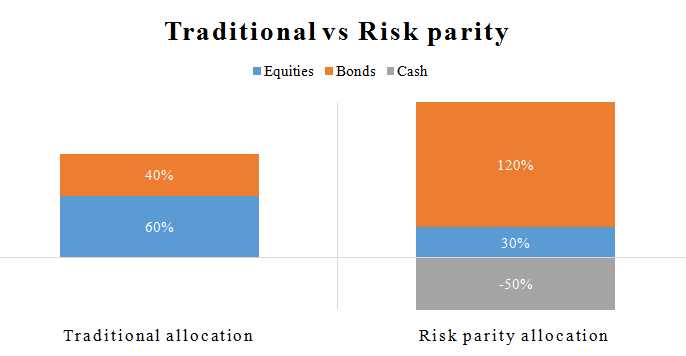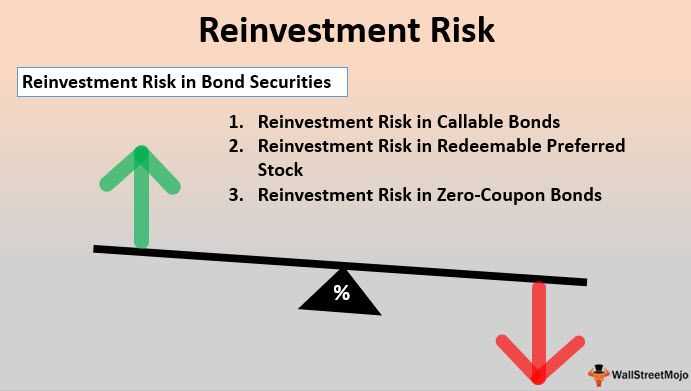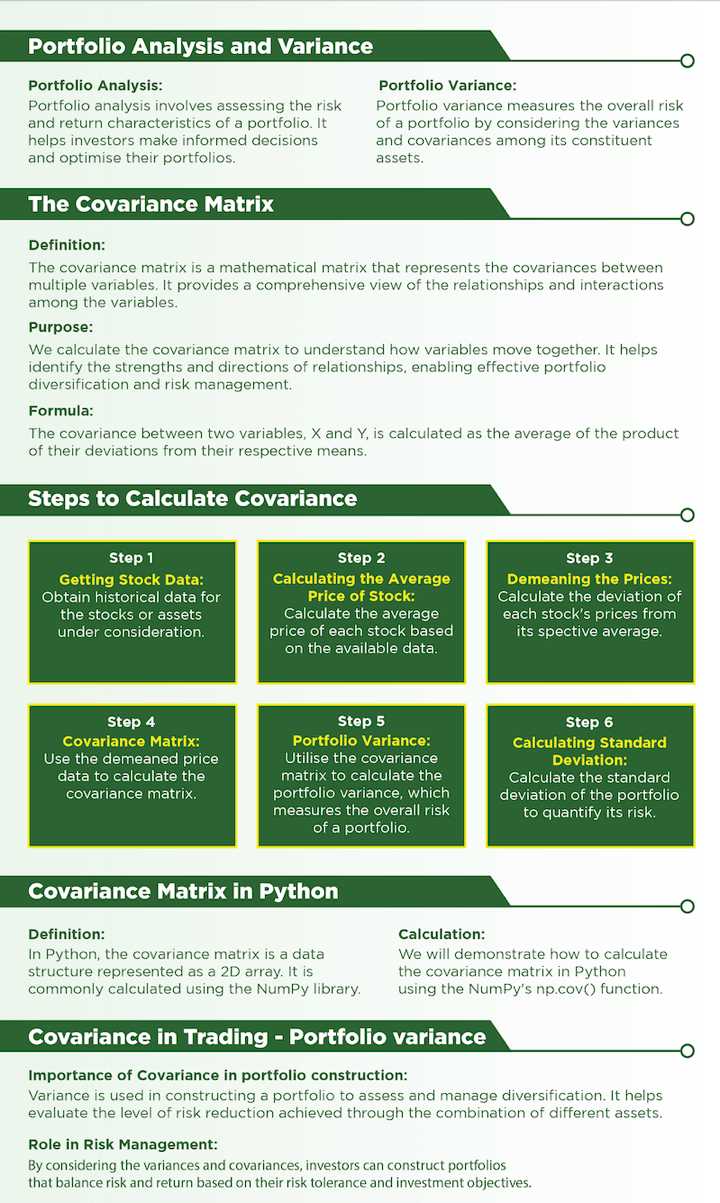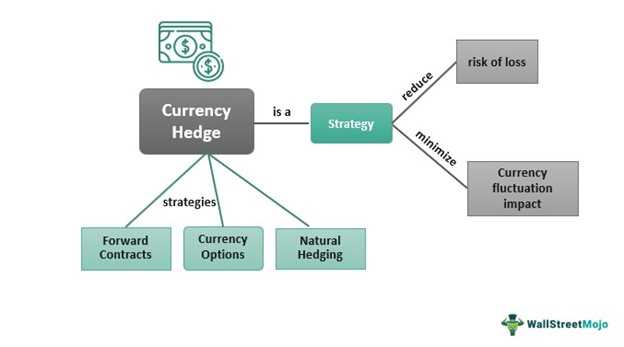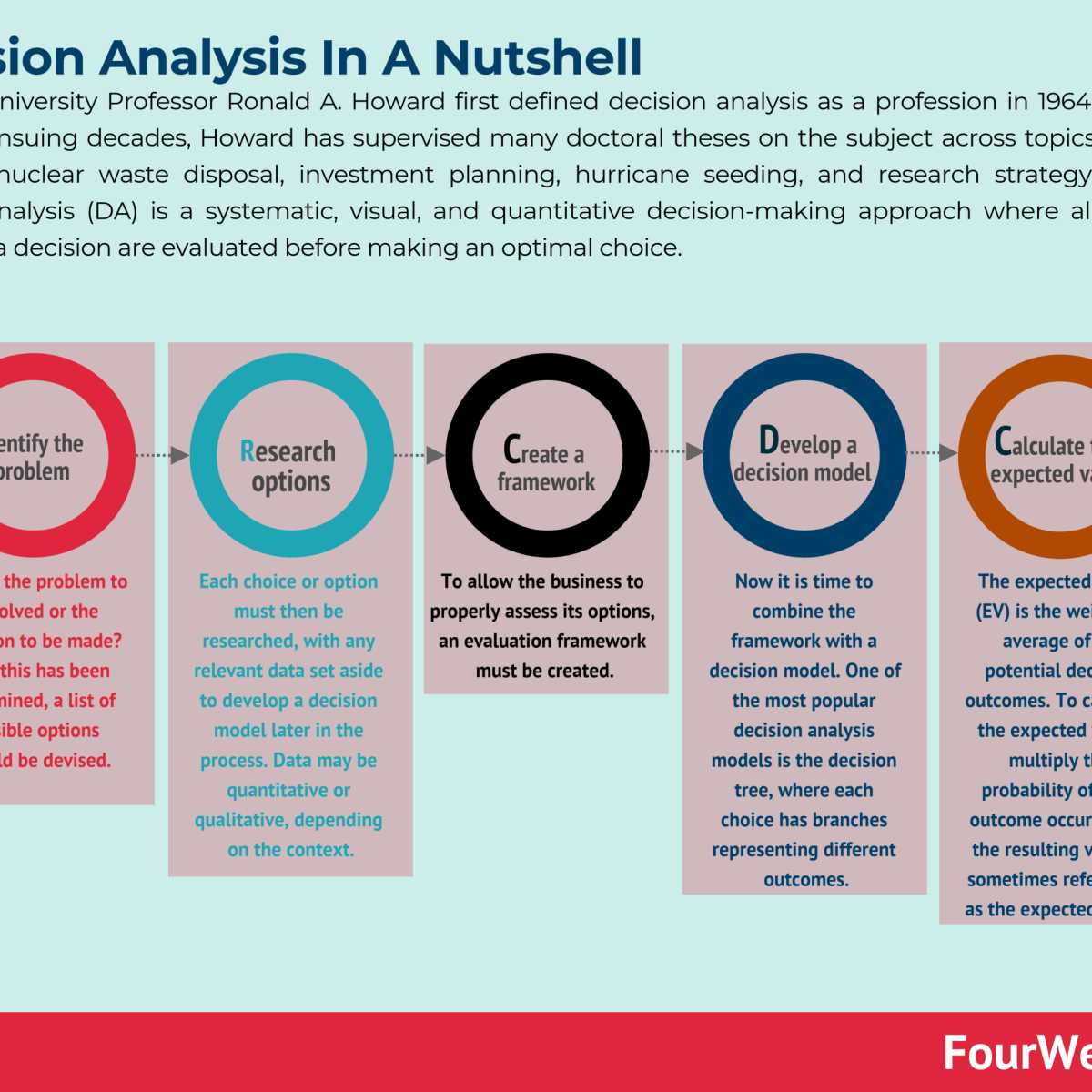Understanding the Benefits of a Certificate of Deposit (CD)
Benefits of a Certificate of Deposit (CD) Secure Investment Option One of the primary benefits of a CD is that it is a secure investment option. When you invest in a CD, you are essentially lending money to a bank or financial institution for a fixed period of time. In … …


